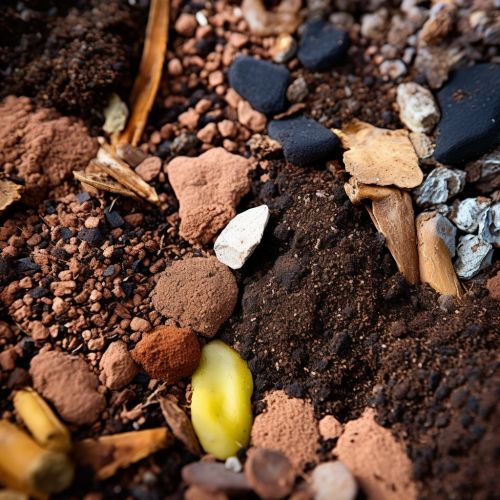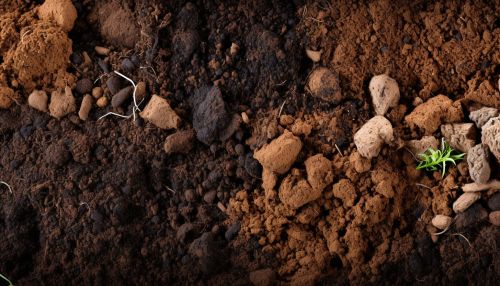The Ecology of Soil Microorganisms and Nutrient Cycling
Introduction
The ecology of soil microorganisms and nutrient cycling is a complex and intricate field of study that explores the interactions between microorganisms in the soil and the processes of nutrient cycling. This field of study is crucial to understanding the health and productivity of soil ecosystems, and has significant implications for agriculture, forestry, and environmental management.
Soil Microorganisms
Soil microorganisms, also known as soil microbes, are a diverse group of organisms that live in the soil. These organisms, which include bacteria, fungi, protozoa, and viruses, play a crucial role in the soil ecosystem. They are responsible for decomposing organic matter, recycling nutrients, and maintaining soil structure and fertility.


Nutrient Cycling
Nutrient cycling is the process by which nutrients move through an ecosystem. In the soil, this process is largely driven by the activity of soil microorganisms. These organisms break down organic matter, releasing nutrients into the soil where they can be taken up by plants. This process is essential for maintaining the fertility of the soil and supporting plant growth.
The Role of Soil Microorganisms in Nutrient Cycling
Soil microorganisms play a key role in nutrient cycling. They decompose organic matter, transforming complex organic molecules into simpler forms that can be used by plants. This process, known as mineralization, is a critical component of the nutrient cycle.
In addition to mineralization, soil microorganisms also contribute to nutrient cycling through the process of immobilization. During immobilization, microorganisms take up nutrients from the soil and incorporate them into their own biomass. These nutrients are then released back into the soil when the microorganisms die and decompose.
Interactions Between Soil Microorganisms and Nutrient Cycling
The interactions between soil microorganisms and nutrient cycling are complex and multifaceted. These interactions can be influenced by a variety of factors, including soil type, climate, and land use practices.
One of the key interactions between soil microorganisms and nutrient cycling is the decomposition of organic matter. This process is largely driven by the activity of soil microorganisms, and is crucial for the release of nutrients into the soil.
Another important interaction is the role of soil microorganisms in the transformation of nutrients. For example, bacteria in the soil can convert nitrogen in the atmosphere into a form that can be used by plants, a process known as nitrogen fixation.
Implications for Agriculture and Environmental Management
Understanding the ecology of soil microorganisms and nutrient cycling has significant implications for agriculture and environmental management. By understanding these processes, we can develop strategies to enhance soil fertility, improve crop yields, and manage soil health.
For example, by promoting the activity of beneficial soil microorganisms, farmers can enhance nutrient cycling and improve soil fertility. This can lead to increased crop yields and improved food security.
Similarly, understanding the role of soil microorganisms in nutrient cycling can inform strategies for managing soil health. For example, by maintaining a diverse community of soil microorganisms, we can enhance the resilience of soil ecosystems and promote their ability to recover from disturbances.
